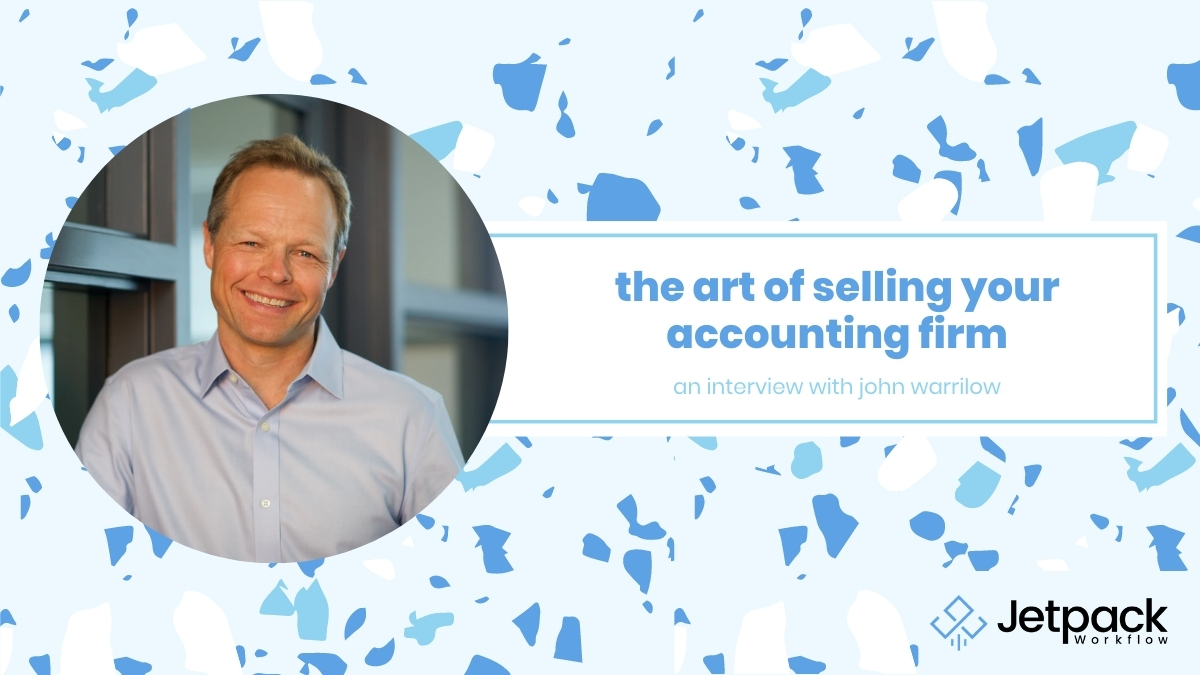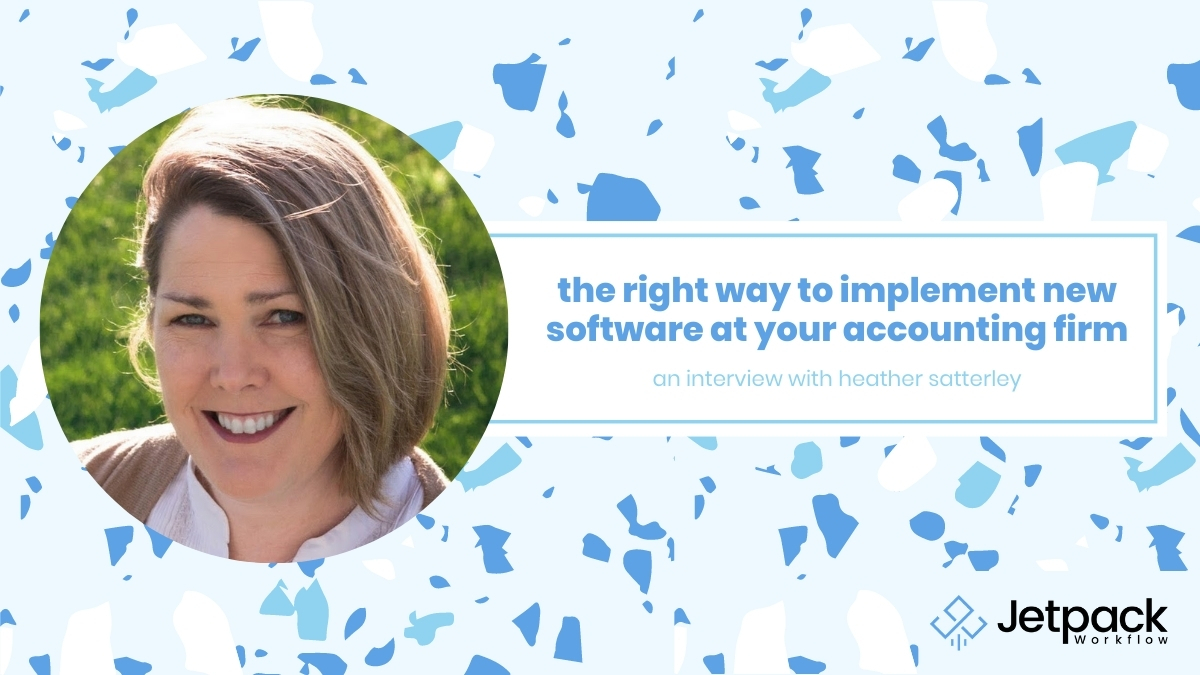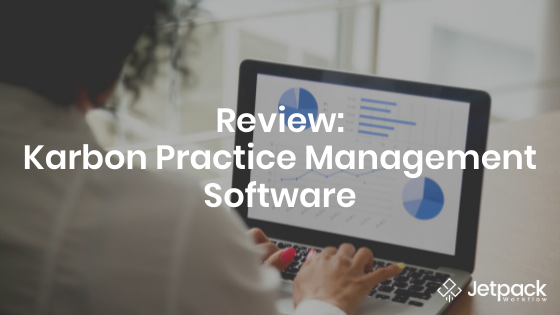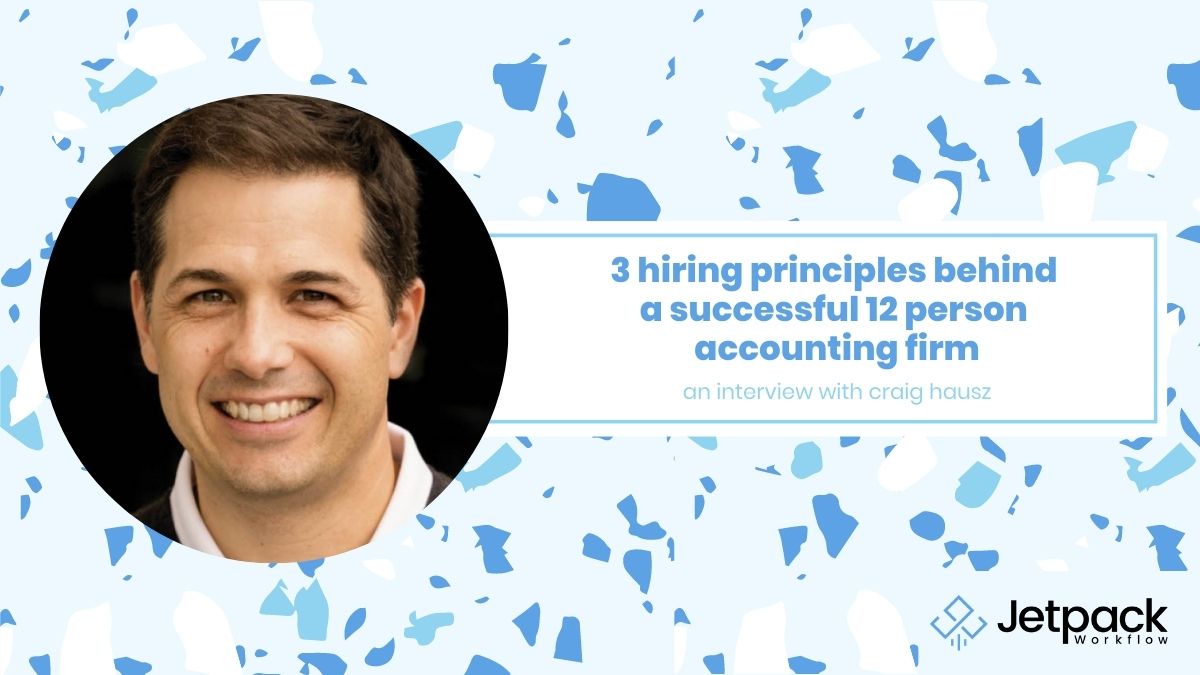The Art of Selling Your Accounting Firm


Podcast
Summary
- Preparing to Sell Your Firm
- The Importance of Niching
- Steps to Productizing
- Adding Value Before Selling
Helpful Resources
- Visit John’s website specifically for listeners like you!
- Buy John’s books
- Contact Built to Sell
- Free gifts: builttosell.com/growing
Meet John Warrillow
John Warrillow is the best-selling author of Built to Sell: Creating a Business That Can Thrive Without You, The Automatic Customer: Creating a Subscription Business in Any Industry, and The Art of Selling Your Business: Winning Strategies and Secret Hacks for Exiting on Top. But before becoming a writer, he ran his own business and thus is well versed in what it takes to maximize value in your business to prime it for potential buyers.
In today’s podcast, John explains some of the key points to readying your firm to sell, the importance of niching, how to productize, and why adding value before selling is essential to getting the offers your business deserves.
Preparing to Sell Your Firm
In John’s book, Built to Sell, he explains that for your business to be valuable it needs to be transferable, meaning it has to thrive without you doing the work in order to sell. It’s a tough concept for many business owners to wrap their heads around, so to clarify, he equates it to parenting.
When you raise a child, your end goal is likely to raise them in a way so they can eventually move out and survive on their own. You want them to be independent. You should have the same mindset when it comes to your business. It should be able to produce its revenue stream and profits without your help.
It can be difficult to make the switch from a business that entirely runs on your work to a business that essentially doesn’t need you. One of the most common mistakes made during this transition is when owners come up with something very different to set themselves apart from the rest but can’t teach it to someone else.
To help avoid this mistake, John suggests sticking with services that are teachable to employees, valuable to customers, and can be easily repeated. From there you can make your product or service different. He used an example of a firm owner who got rid of all of their “extra” services and packaged together all of their simple, back-of-office services into one all-inclusive package. Now, instead of selling a service, he is selling a product. The product is very simple to teach but is an incredible value to the customer.
The Importance of Niching
Niching down and positioning your products to customers in a unique way is the best way to add value to your business. However, it’s easy for many people to argue that there’s nothing unique in the accounting world. And while many people offer the same services, you can differentiate a commodity as something unique.
John referred back to the firm owner and his B.O.S.S. (Back Office Supply System). The product includes the same services other accountants offer, but the way it’s positioned explains the services in an easy-to-understand way and is priced based on the product cost, not the service time. Using this tactic makes your product far more appealing to the customer because instead of selling a collection of services, you’re selling one product.
Additionally, because these are basic services, you can easily teach other employees how to serve your customers and hire salespeople to make the sales, considering you’re no longer selling yourself; you’re selling a product.
Steps to Productizing
Niching down is the first step to productizing. John mentions that a lot of businesses have a bad habit of looking at all of their clients and trying to find a product that works for all of them. However, this leads to a diluted offer.
Instead, find which of your clients have a unique set of needs, segment them into groups, and think about what they need regularly.
David’s Tip: Start saying “no” to areas/services/clients that you can say no to.
John added to David’s tip by explaining that taking that step starts to separate you from the rest and makes you more referable. If you are providing services for one specific niche, the people within that niche will start to refer you to others. This moves you from a generalist category to a specialist.
Adding Value Before Selling
In John’s latest book, The Art of Selling Your Business, he focuses on how businesses can sell outside of their weight class, meaning that they are selling for higher than their value.
To do this, John says it’s important to work towards getting multiple offers instead of biting at whatever offer comes first. It creates a bidding war and boosts the price significantly.
Raising the value for your business before you sell is beneficial. John provided three key ways to raise your value:
- Monopoly Control: This means your business or product is unique and can‘t easily be replicated.
- Recurring Revenue: He suggests having a steady stream of revenue, and avoiding fluctuations from month to month (or busy season to busy season) when possible.
- Hub and Spoke: Try to run a business that doesn’t need you. If you’re not doing this, then when you go to sell, you’ll likely be caught in a lengthy earn-out.
David’s tip: If all a buyer is looking for is revenue, they’ll have a tough time running a firm. They need to also find value in your services. Productized firms lead to larger offers. Larger businesses are more likely to buy a firm that offers a product/service they wish to provide and scale than they are to buy a revenue stream and try to scale it. In regards to the latter, this is because they already have money and don’t need your smaller (in comparison) revenue; they need a business that knows how to serve a particular customer.
John emphasized David’s tips by adding that there are three types of buyers:
- Individual Investors
- Private Equity Groups
- Strategics
Strategics are the buyers that buy for products, not revenue streams. These are your target buyers because the’re willing to pay more for your business so they can scale it to improve their overall revenue stream.
John has mastered the art of selling a business and provided SO MUCH insight into what to do to prepare to sell your firm, the importance of niching, steps to productize, and how to add value to your firm before you sell. For more tips, tricks, and overall good advice on preparing to sell your accounting firm, be sure to listen to the full podcast above!























